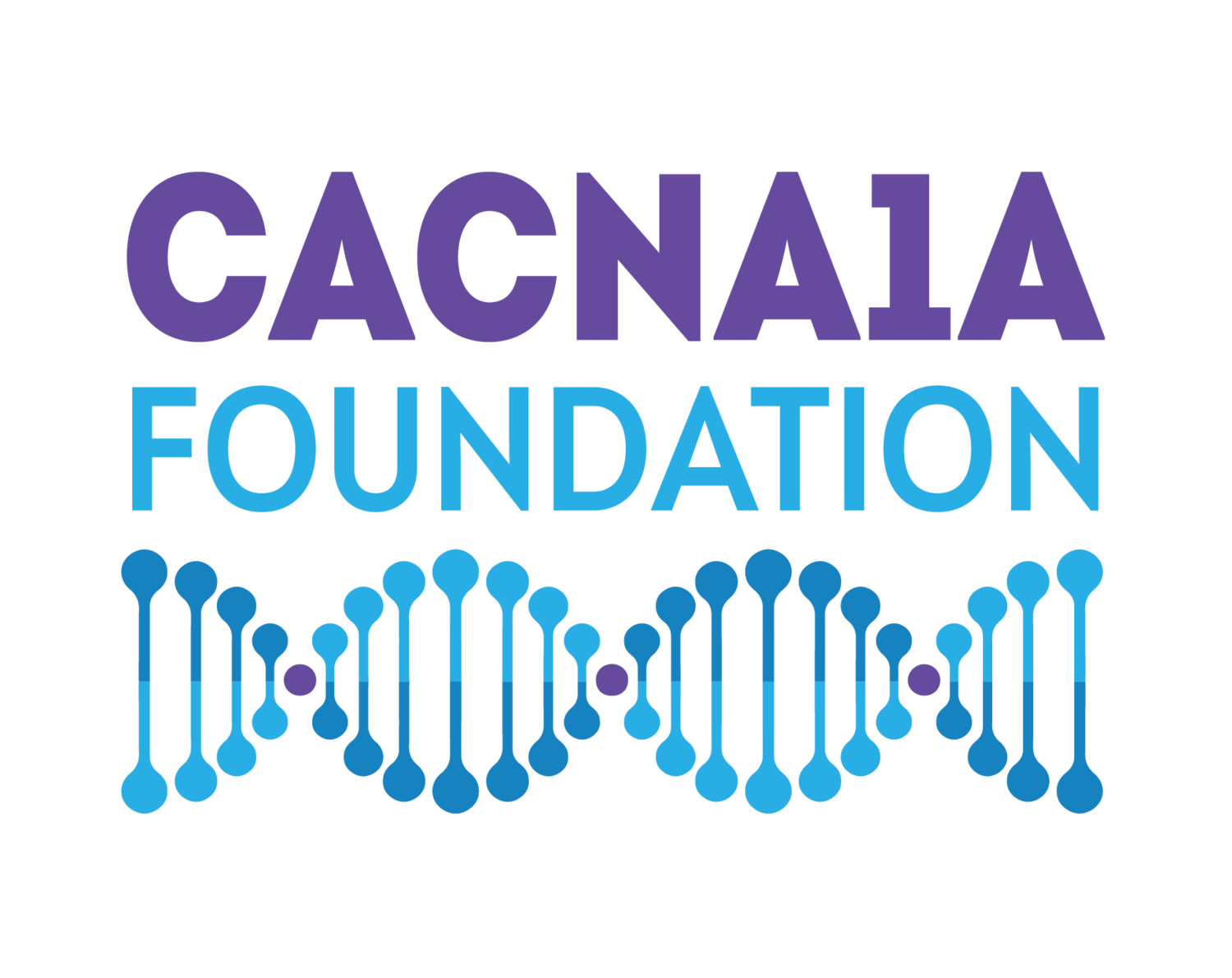S’s Story
S loves baby dolls, ice cream, dancing, singing, playing hide-and-seek with her older brother, and all things pink. Her smile and laugh are infectious and can light up a room. She has an amazing sense of humor, is highly empathetic and gives the best hugs. S recently decided that she wants to become a doctor when she grows up so that she can “help everybody.” S has given our lives purpose and we know she will be an unstoppable force for good in the world.
S’s temperament is ideal for being a CACNA1A warrior. She is full of grit, resilience and joy. She does not let her disease hold her back, and she persists with a bright smile (and a side of charm) until she achieves what she wants.
Variant: C.5018dupG/p.Q1674SfsX43
History
S was a dream baby. She slept for long stretches, nursed easily and was never fussy. A couple of weeks after she was born, we noticed that her eyes would periodically roll upwards when anything or anyone approached her quickly. We thought that it was a primitive reflex that she would grow out of as her eyes matured. After a few months, she started to fall behind on her gross motor milestones. When S’s eye movements persisted at nine months, her pediatrician referred us to a pediatric ophthalmologist. Following a thorough exam, the ophthalmologist described what he saw as ocular motor apraxia (OMA). After we had a chance to research OMA, we were in disbelief because of the other developmental issues with which it was associated. We decided to get additional opinions and spent nearly two years in and out of various specialists’ exam rooms. We saw physicians specializing in neurology, neuro-ophthalmology, physical medicine, developmental pediatrics, and neurogenetics. We often left each visit with more questions than answers. Some of them reassured us that S’s delays were within the normal range and that she simply had hypotonia. Other physicians described seeing other disorders, such as vertical downbeat nystagmus. No one could draw any connection between her overall developmental delays and her oculomotor abnormalities, and every diagnostic test and imaging came back normal. As we went through this process, S continued to progress with the help of intensive physical therapy, speech therapy and her relentless spirit. She began to walk independently at 26 months and the clarity of her speech has improved significantly.
After S had two febrile seizures, we pushed for whole exome sequencing and endured an agonizing 8-month wait before we finally received the results. Initially, S was diagnosed with Spinocerebellar Ataxia Type 6 (SCA6) resulting from a mutation on her CACNA1A gene. We were devastated, but we immediately began researching her specific genetic abnormality and quickly recognized that S had been given the wrong diagnosis. Using the National Ataxia Foundation website (before the CACNA1A Foundation had launched), we sent out cold emails to all its medical advisory board members on the East Coast. To our surprise, we received responses from a number of them and were placed on the right diagnostic track even though none of them had seen S as a patient. We also engaged with other families with CACNA1A mutations through the Facebook page and began seeking out experienced providers closer to where we live. Fixed ataxia is S’s biggest struggle.
Diagnosis
S falls frequently and fatigues easily. Based on her symptoms and genetic variant, her diagnosis is CACNA1A-related congenital ataxia.
Therapies
S made the most progress in her gross motor and speech development after participating in two intensive 3-week long therapy programs - one at the Kennedy Krieger’s Specialized Transition Program and the other at the Napa Center in Boston. She has responded well to vestibular therapy (astronaut program), neurosuit PT and Cuevas Medek Exercises.
For Those Newly Diagnosed
Right after S’s diagnosis, we obsessed about what it meant for her future. But the truth is, no one can predict that with any accuracy, especially given the revolutionary advances made in genetics and therapeutics in recent years. Our rare kids defy expectations all the time and should not be defined by their diagnoses. As difficult as it is, try to enjoy the present, celebrate the everyday victories and appreciate the smallest signs of progress.
We have learned through our diagnostic journey that as parents and caregivers, no one knows your child better than you do. As a result, you are your child’s best advocate. If something does not seem right, trust your gut. Speak up. Ask questions. Find providers who listen to you and address your concerns. Lean on other CACNA1A families who have been through this same journey. Their wealth of knowledge helped guide us and gave us hope that we could handle our new reality following S’s diagnosis.

